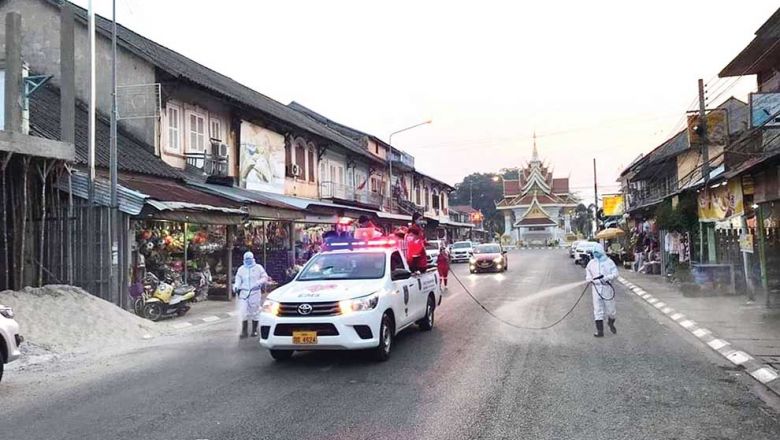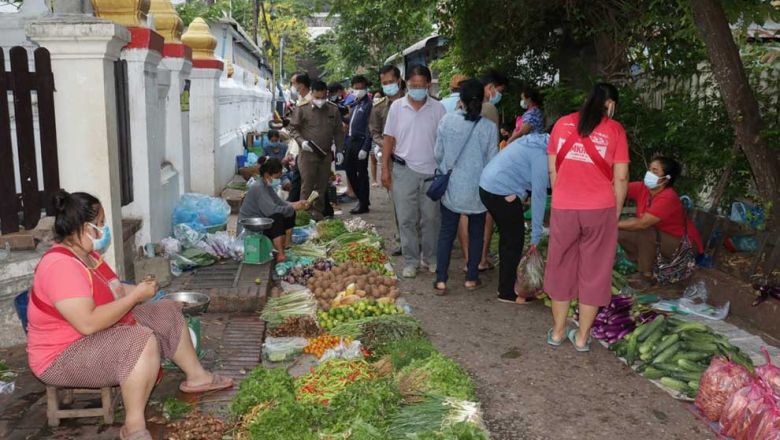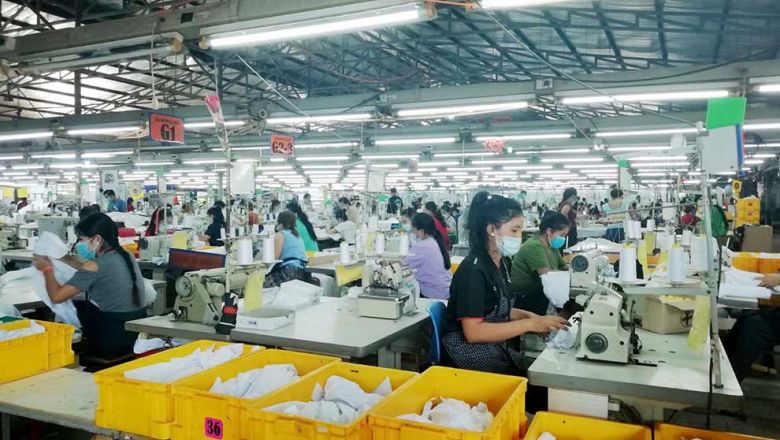Lao consumers suffer rising food prices despite lower inflation
Lao consumers suffer rising food prices despite lower inflation
Laos' inflation rate over the past 9 months averaged 1.3 percent, down from 4.62 percent recorded for the same period last year yet consumers are complaining of rising food prices.
The falling inflation rate was mainly attributed to the appreciation of the kip against the US dollar and Thai baht as 90 percent of products sold in Laos are imported .
This year the Ministry of Industry and Commerce has approved 12 changes to the fuel price with the majority being reductions, which contributed to lower production costs.
According to the Bank of the Lao PDR, in January the Consumer Price Index stood at 122.7 with the inflation rate at 2.04 percent. This trended downwards to 1.44 percent in February, 1.19 percent in March, 0.95 percent in April, 1.19 percent in May, 1.37 percent in June, 1.17 percent in July, 1.29 percent in August and 1.23 percent in September.
Although the inflation rate declined, local people particularly the poor are complaining about rising prices at markets as they struggle to make ends meet.
Vientiane resident Ms Khone said “I wonder why the price of fuel is going down, which should contrib ute to declining production costs, but prices of products notably food items are still high,” she said.
Local residents called for relevant sectors to strictly manage the prices of products at markets by studying price structures and fining or penalising those traders who violated the law.
An economist at the National Economic Research Institute, Dr Leeber Leebouapao, told Vientiane Times on Friday that although the inflation rate was not high many people were still under financial stress because living costs were already high.
Dr Leeber said the Bank of the Lao PDR recently lowered interest rates which should further contribute to reducing the cost of products and boost the country's productivity.
“But my concern would be if many pe ople withdrew their money from banks seeking to find other places to earn a better return instead of depositing it in the banks. If many people withdraw their money, it could affect the liquidity of banks,” he said.
Dr Leeber said the inflation rate in Laos was mainly driven by food prices, which was clearly related to rising demand and short supply.
In general, the inflation rate in Laos is lower than the rate of economic gr owth which was recorded at 7.5 percent this year.
Dr Leeber said the most significant actions needed were boosting domestic production while reducing the value of imports. The government also needed to help farmers lower production costs so their produce could be competitive.

















